As someone who’s bet sports for 12+ years, here’s my quick take: if you want to successfully win in sports betting lingo, you need to speak the slang, read the odds, and know when the spread and moneyline are lying to your face. I’m talking plain stuff—juice, CLV, props, parlays. No magic.
What Actually Works in Sports Betting (Short Version)
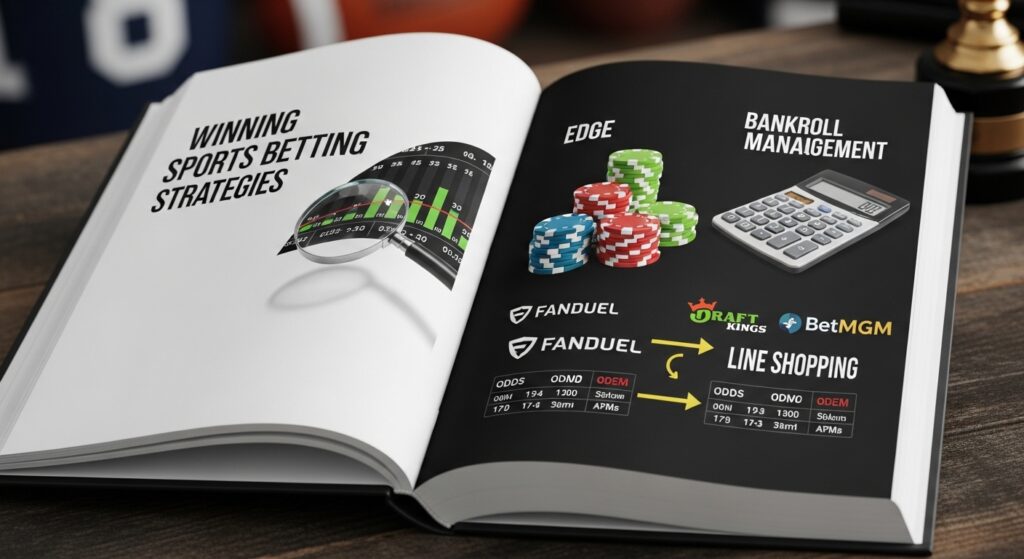
- Understand the book’s edge (the vig/juice) and never pay extra for fun.
- Only bet with positive expected value. If you don’t know what that is, learn it today, not “someday.”
- Use units. One unit = a set slice of your bankroll. Save your nerves.
- Shop lines across books. Small differences matter a lot over a season.
- Track closing line value (CLV). If you beat the closing number often, you’re probably winning long-term.
Lingo That Actually Makes You Money
Vig or Juice: The Book’s Quiet Tax
In my experience, the fastest way to stop losing is to respect the vig. Juice is the fee you pay to bet, and it’s why you can go 50/50 and still lose money. Books love when you ignore it. I keep a mental siren for any prop that looks “fun” at -130. Fun usually costs too much. If you want a clean definition, this is the vigorish explained by the nerds at Wikipedia. The translation: the book gets paid either way. Don’t feed it for no reason.
Forecasts, Not Vibes: Predicting Is a Skill
When I evaluate a slate, I start with data, not gut. I scan matchups, injuries, and recent pace, then compare my numbers to the book’s. If I find a gap, that’s my edge. If I find vibes, I drink water and wait. When you’re learning, browsing good betting predictions can help you see how others frame edges—then you test those ideas, not copy them blind.
Expected Value (EV): The Boring Concept That Wins Long-Term
I’ve always found that the most “boring” ideas make me the most money. Expected value is just “what do I expect to win on average, per bet?” If it’s positive, you’re in business. If it’s negative, you’re donating. I’m not above donating—sometimes I do it with a smile on Sunday—but I call it what it is. If you want a clean definition, here’s EV on Wikipedia. Translate it into simple math, and you’ll stop betting like a fan and start betting like a shopkeeper.

Spread vs. Moneyline vs. Totals (and When to Use Each)
Spread = how many points a team is “given” to even things up. Moneyline = who wins the game, period. Totals = over/under on combined points. In practice, I pick the market where I can quantify the edge. If I’ve got injury intel that affects scoring pace, I’m on totals. If I have a matchup angle that moves the result but not the score margin, I might prefer the moneyline. When I need sharper reads, I drill into real match analysis instead of scrolling social media takes. It pays. Slowly. But it pays.
Props, Parlays, and Why the Sportsbook Smiles
Player props can be gold if you have real info on usage, minutes, or role. I love low-variance angles like RB carries when weather looks nasty. Parlays? They look delicious. They’re usually dessert—fine as a treat, terrible as a meal. Anyone bragging a 7-leg hit has a camera roll full of near-misses they won’t show you.
Bankroll Talk: How Not to Tilt When Betting
Units and Staking: Save Your Sanity
What I think is simple: pick a unit size (1–2% of bankroll) and stick to it. My unit is boring. On purpose. If I feel “extra confident,” I go 1.5x or 2x—rarely more. The goal is to have ammo tomorrow. The worst feeling in betting is being right about the late game after you blew up your account on the early slate. Ask me how I know.
How I Size Bets Without Overthinking
- Standard edge? 1x unit.
- Big edge because of news I trust? 1.5–2x units.
- No edge but I want action? Pass. Or 0.25x for entertainment only. Call it what it is.
Kelly Criterion: The Smarter Way to Scale Bets
I don’t run full Kelly. Too spiky. But fractional Kelly (like 25–50%) keeps my staking tied to edge size, which is smarter than vibes. The math is easy enough to learn, and it stops you from betting the same unit on a tiny edge and a huge one. It’s risk management dressed up in a tie. Still, I like jeans—so I keep it simple.
Quick Betting Lingo Table You Can Screenshot
| Term | Plain English | What I Do |
|---|---|---|
| Vig/Juice | Book’s fee | Avoid heavy juice unless my edge is big |
| CLV | Beat the closing line | Track it; if I beat it often, I’m happy |
| EV | Average profit per bet | Bet only positive EV angles |
| Unit | Standard bet size | 1–2% of bankroll, mostly |
| Spread | Points handicap | Use when matchup moves margin |
| Moneyline | Just win, baby | Use when outcome moves, margin doesn’t |
| Totals | Over/Under points | Use when pace/efficiency shifts |
| Props | Player/team stats | Exploit role and usage insights |
Reading the Board Like a Grown-Up
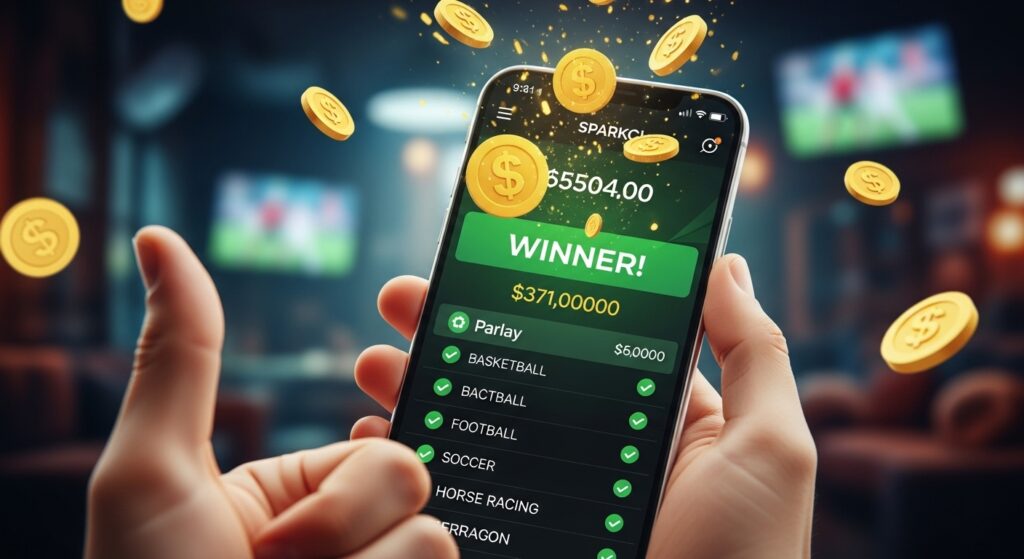
Line Shopping: Your Quiet Superpower
I check multiple books for the best price, always. That extra half-point on a spread, or -105 instead of -115, changes long-term ROI. It’s not sexy, but neither is compound interest—until it is. I also keep an eye on how crowds behave on match days; you can learn a lot about soft spots by understanding matchday culture and how hype spreads.
Draft Smoke, QB Rumors, and Edges in the Weeds
I’ve made some of my best futures money by fading draft-week narratives. Everyone loves a rumor. Books shade lines. If you can separate smoke from signal (coach history, scheme fit, verified workouts), you can grab numbers that won’t last. This is why I read pieces like the NFL mock draft 2025 smokescreens and smart bets breakdown—not to copy picks, but to map where markets might move next.
Esports and Non-Traditional Betting Markets
I’m not shy about betting edges where fewer people look. Esports, secondary leagues, under-covered sports. Lower liquidity, sure, but sometimes softer lines. If you’re curious, skim this dive on match analysis in esports and ask yourself: do I know something the book might not be pricing yet?
Mini-Guides You Can Use Right Now
How I Find Positive EV in 10 Minutes
- Build a quick baseline number (my own or trusted model).
- Check live injury news and role changes.
- Compare my number to market lines across books.
- If my edge is 3–5%+, consider a 1x unit. Smaller edge? Pass or tiny.
Beating the Closing Line (CLV) Without Losing Your Mind
- Bet earlier when you expect the line to move toward you.
- React fast to real news (not rumors).
- Accept that sometimes you’ll “lose CLV” and still win the bet. Happens.
Props Basics That Don’t Stink
- Target players with stable roles and predictable usage.
- Exploit weather, pace, matchups, and coaching tendencies.
- Beware of ladder bets unless you understand variance. Fun, but spiky.
When I Hedge (and When I Don’t)
- I hedge when the hedge locks a profit and the original edge is gone.
- I don’t hedge just to feel safe. Safety is for seat belts, not every ticket.
Real Talk About Records and Reality
Here’s the part no one likes: even sharp bettors have down weeks. I’ve had months where CLV was great and results were trash. Variance is a loud roommate. All you can do is keep your process clean—EV positive, units steady, juice respected—and let the math breathe.
The Lingo Is a Tool, Not a Magic Spell
I love the language. Line movement, middling, steam, arbitrage, derivatives—fun stuff. But the goal isn’t to sound smart. It’s to find edges, price them, and bet them with discipline. That’s how you, me, anyone can actually feel like we successfully win in sports betting lingo not by quoting terms, but by using them right.
Where I Study When I Get Stuck
When I want to sanity-check my reads, I’ll revisit structured write-ups and longer-form breakdowns. Curated match analysis is helpful for seeing angles I missed, and I’ll scan fresh betting predictions to compare markets I might be neglecting. And if I’m still unsure? I pass. Passing is a bet too—on patience.
Last Tiny Note on Math (Then I’m Done)

If the word “math” makes you twitch, breathe. Start with EV basics and unit sizing. If you want to go deeper later, look up the Kelly approach when you feel ready. It’s not required on day one, and we already talked EV up top. Keep it simple. Keep it honest. And accept that even a great angle will lose sometimes. That’s the game.
Sports Betting FAQs
What’s the fastest way to stop losing?
Cut high-juice bets, use a unit size, and only bet when you have a real edge. Track your results like an adult.
How big should my unit be?
Usually 1–2% of your bankroll. If you’re new, lean smaller. You can always scale up later.
Are parlays bad?
They’re fine as entertainment. As a main strategy, they’re a slow leak because the vig stacks with each leg.
How do I know if I’m actually good?
If you regularly beat the closing line and your long-term ROI is positive after juice, you’re doing it right.
Should I tail experts?
You can learn from them, but build your own numbers. If you can’t explain a bet in plain words, don’t place it.
Anyway, that’s how I do it. Keep your bets small, your lingo sharp, and your expectations realistic. I’ll be over here arguing with a total that moved a half point for reasons I allegedly “shouldn’t take personally.” Sure.

I’m Daniel Moore, and I live for the thrill of the game. Get energetic live commentary, detailed match analysis, data-backed betting predictions, and official team rankings right here.
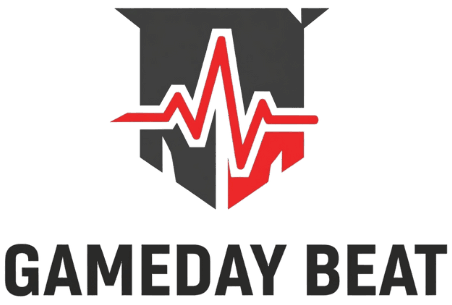

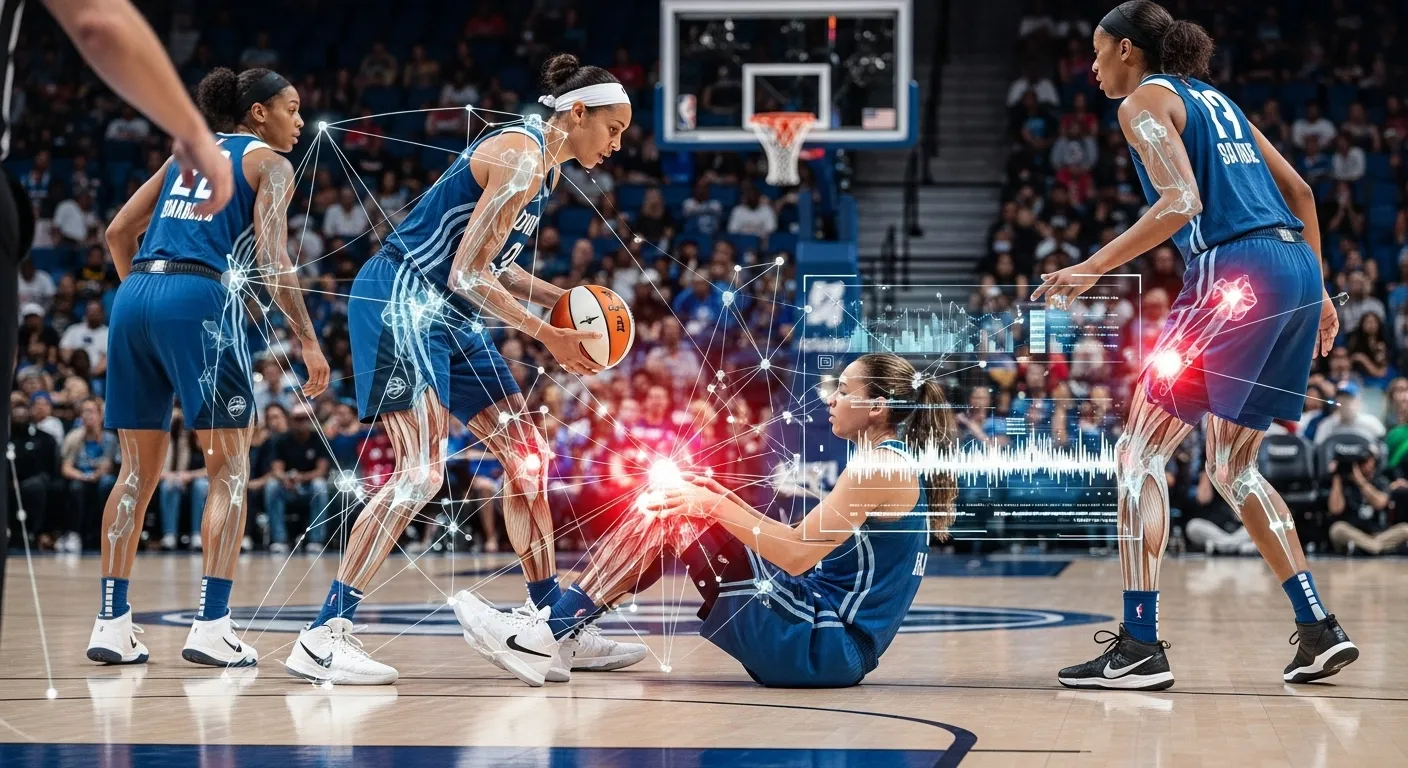
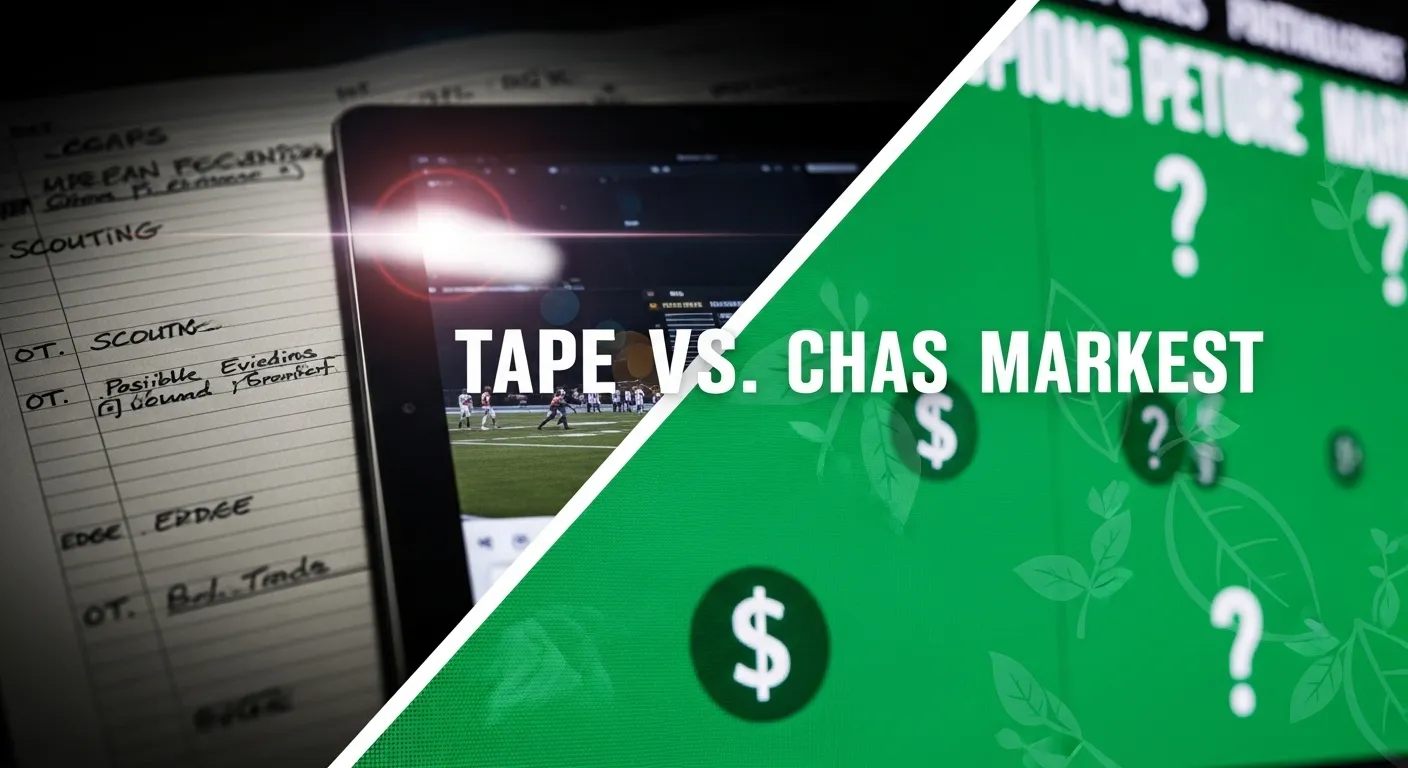
What’s your go-to strategy when deciding between spread, moneyline, and totals?